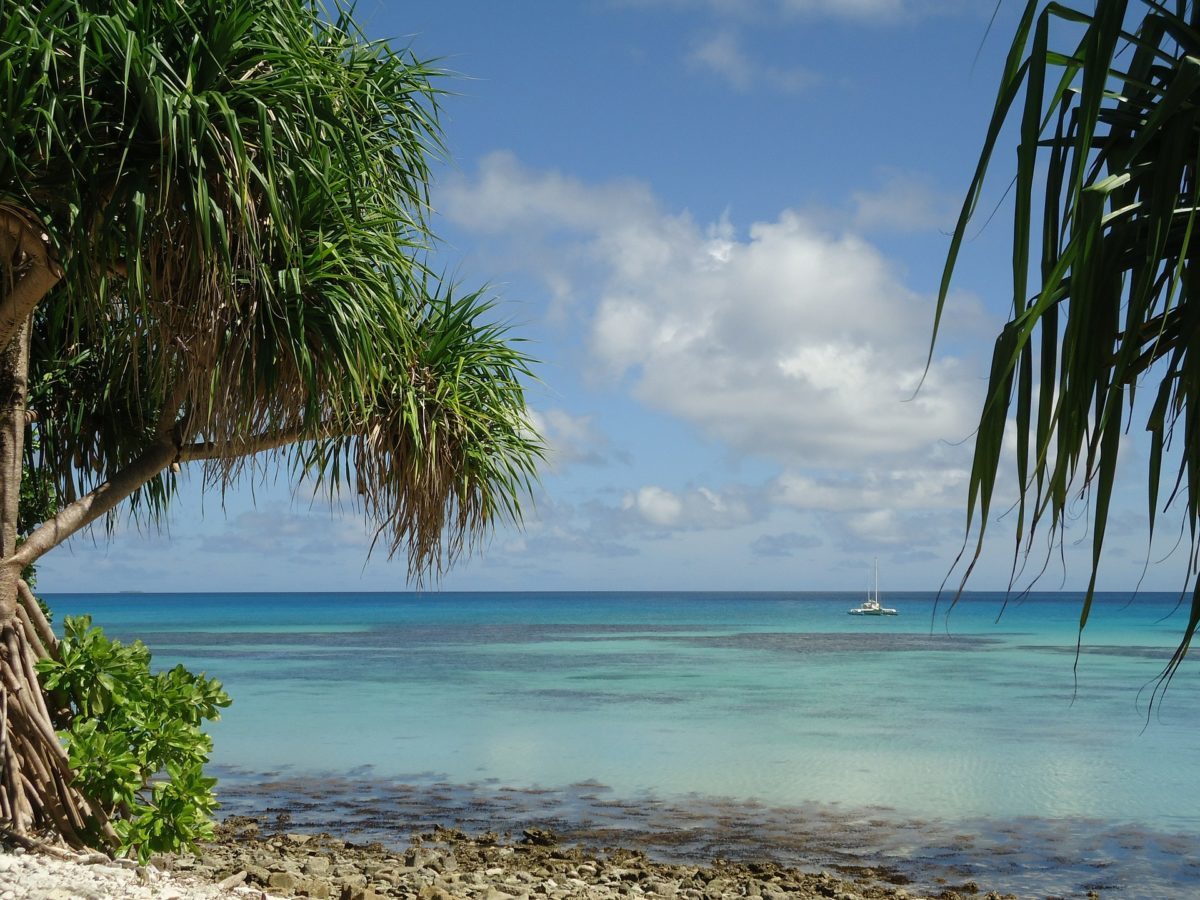From pv magazine global
Tuvalu’s 100% renewable electricity goal has found a new supporter. The Pacific island nation will receive a grant of US$6 million from the Asian Development Bank (ADB) for renewable energy projects. Tuvalu’s government said it will earmark US$480,000 for the purpose as it aims to go entirely green by 2025.
The cash will help fund solar rooftops and battery storage on the main atoll of Funafuti as well as providing clean electricity to the outer islands of Nukufetau, Nukulaelae and Nui with ground-mounted PV systems.
The Pacific Energy Update 2018 report published by the ADB stated Tuvalu had a peak enegy load of 2.1 MW in 2015 and around 5 MW of power generation capacity, with diesel generators dominant and renewables supplying 22% of the load for the micro state’s 11,000 inhabitants.
Bang for your buck
It is estimated the US$6 million grant will ensure renewables supply 32% of electric demand in Funafuti and 70-90% on the outer islands. Once implemented, the new generation capacity will ensure 35% of all of Tuvalu’s daytime power needs come from renewables.
Staff at the Tuvalu Electricity Corporation will undergo training in inclusive renewable energy project development and implementation as part of the plan.
“The project is the first ADB-supported energy sector project in Tuvalu,” said Olly Norojono, director of the ADB’s Pacific energy division. “It will increase the utilization of renewable energy in the country and reduce greenhouse gas emissions in the country’s power sub-sector.”
Fellow Pacific states Tonga, Vanuatu, the Solomon Islands, Samoa, the Marshall Islands, Palau, Nauru, Kiribati, the Federated States of Micronesia and the Cook Islands have all been beneficiaries of the ADB’s Pacific Renewable Energy Investment Facility.
In August, Australian prime minister Scott Morrison visited the Pacific Islands Forum in Tuvalu and announced foreign aid investment of more than AU$500 million (US$345 million) would be earmarked for low-emission technology, renewables and climate resilience programs.
This content is protected by copyright and may not be reused. If you want to cooperate with us and would like to reuse some of our content, please contact: editors@pv-magazine.com.









By submitting this form you agree to pv magazine using your data for the purposes of publishing your comment.
Your personal data will only be disclosed or otherwise transmitted to third parties for the purposes of spam filtering or if this is necessary for technical maintenance of the website. Any other transfer to third parties will not take place unless this is justified on the basis of applicable data protection regulations or if pv magazine is legally obliged to do so.
You may revoke this consent at any time with effect for the future, in which case your personal data will be deleted immediately. Otherwise, your data will be deleted if pv magazine has processed your request or the purpose of data storage is fulfilled.
Further information on data privacy can be found in our Data Protection Policy.